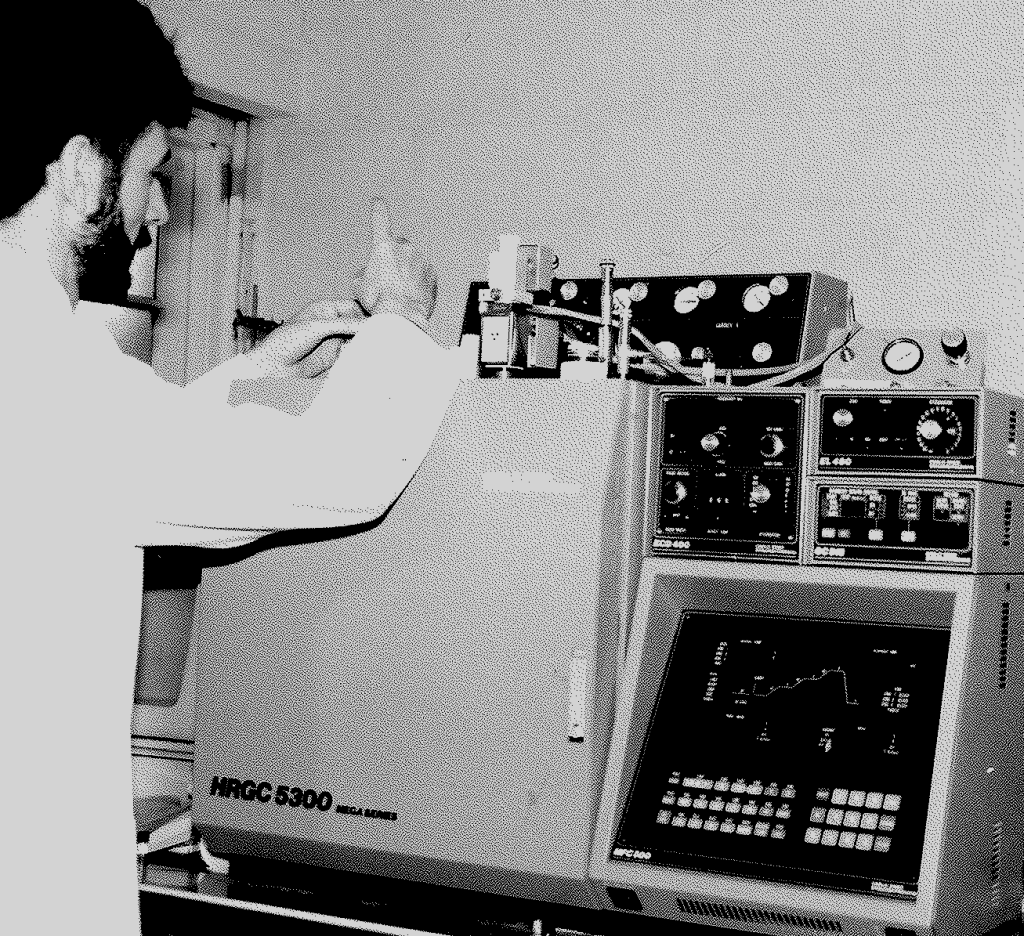For over 40 years, Butterworth Laboratories has provided independent, contract analytical services to the global pharmaceutical and related industries.
No more burned fingers and the roots of residual solvent analysis at Butterworth Laboratories Limited (BLL)
12 March 2024
I burnt my fingers this morning, removing my breakfast from a jammed toaster. After many years of gas chromatography, I am not unfamiliar with the occasional blister. When I arrived at the lab, someone shared a copy of a 30-year-old photo of David Bell, who made the most significant personal contribution to the development of chromatography services at BL and whom I worked closely with from my arrival in 1994 until his recent retirement. He was pictured injecting a sample onto the legendary “Italian Stallion”, a Carlo Erba HSGC 5300 GC. This was the first GC system I used when I started at BL. I was reminded of many historical burnt fingers encountered while determining the seven ICH Class 1 residual solvents as per the then-current (1994) Method IV of the USP <467> Organic Volatile Impurities monograph.
The procedure was based on headspace GC analysis, which included a sample incubation for 60 minutes at 80°C. and manual injection using a gas-tight syringe, although the procedure stated that an automated headspace analyser could be used. It was imperative to remove samples from an incubation oven situated directly beside the GC and inject them as quickly as possible using the syringe which had been kept warm by being placed on top of the instrument. The fast and accurate handling of headspace vials and syringes ruled out the use of thick gloves, leading to inevitable cases of burned fingers. It was, therefore, of great relief in response to the growing demand for the analysis that in 1996, BL invested in the first of what was to be many automated headspace samplers. Over the following years, BL established a wide reputation for quality residual solvent analysis…….to be continued in further blogs.